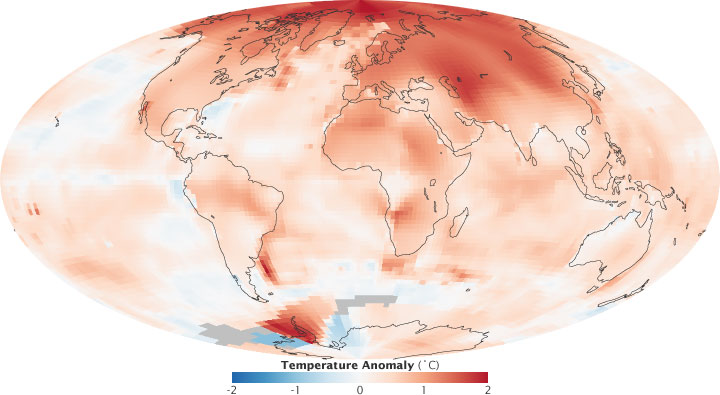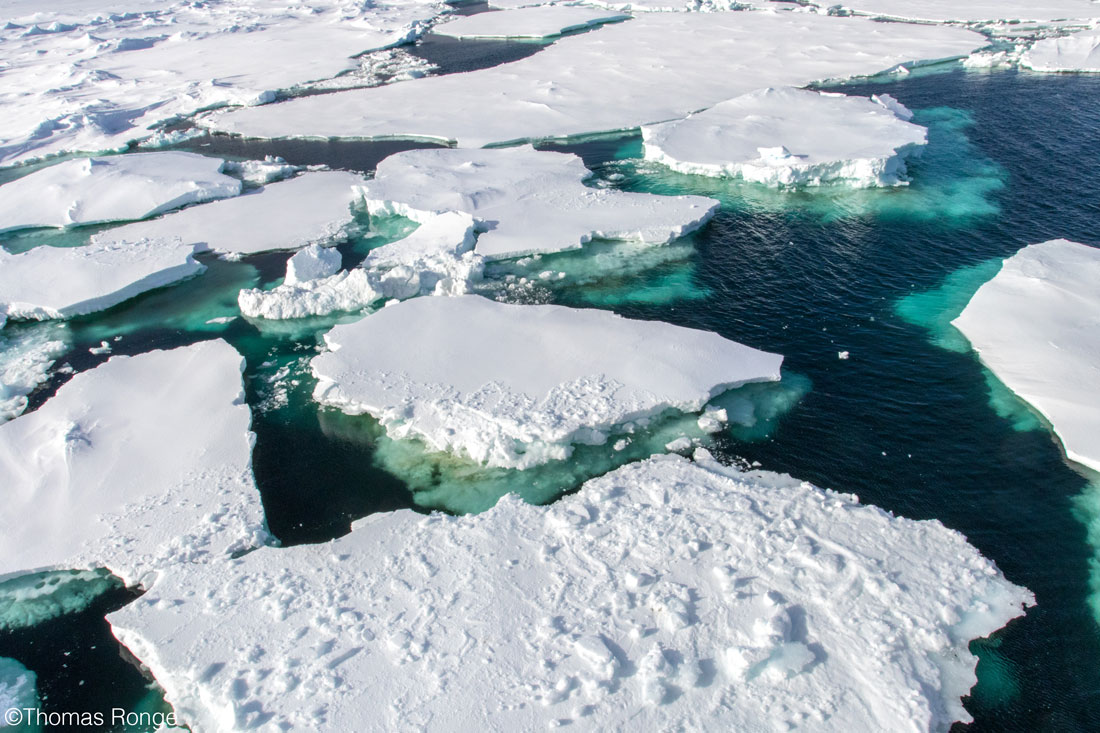
A #winterstorm2021 down to South #Texas?
Usually a strong polar vortex confines Arctic air to the north. It's stabilized by a high temp. gradient between low & high latitudes. The lower the gradient, the more the wind belts meander, transporting cold air south/warm air north.
1/3
Usually a strong polar vortex confines Arctic air to the north. It's stabilized by a high temp. gradient between low & high latitudes. The lower the gradient, the more the wind belts meander, transporting cold air south/warm air north.
1/3

Of course this happened from time to time in the past, but the more Global Warming will cause the Arctic to warm more relative to the mid latitudes (Arctic amplification), the more common this phenomenon might become.
2/3
noaa.gov/multimedia/inf…
2/3
noaa.gov/multimedia/inf…
And while the globe is getting warmer on average, we will still see cold snaps and snow, in some regions maybe even more than before anthropogenic climate change.
3/3
3/3
Still a matter of ongoing research (especialle for the Northern American region), there is strong evidence of this process is becoming more persistent in the Eurasian north. pik-potsdam.de/en/news/latest… And the publication journals.ametsoc.org/view/journals/…
• • •
Missing some Tweet in this thread? You can try to
force a refresh











